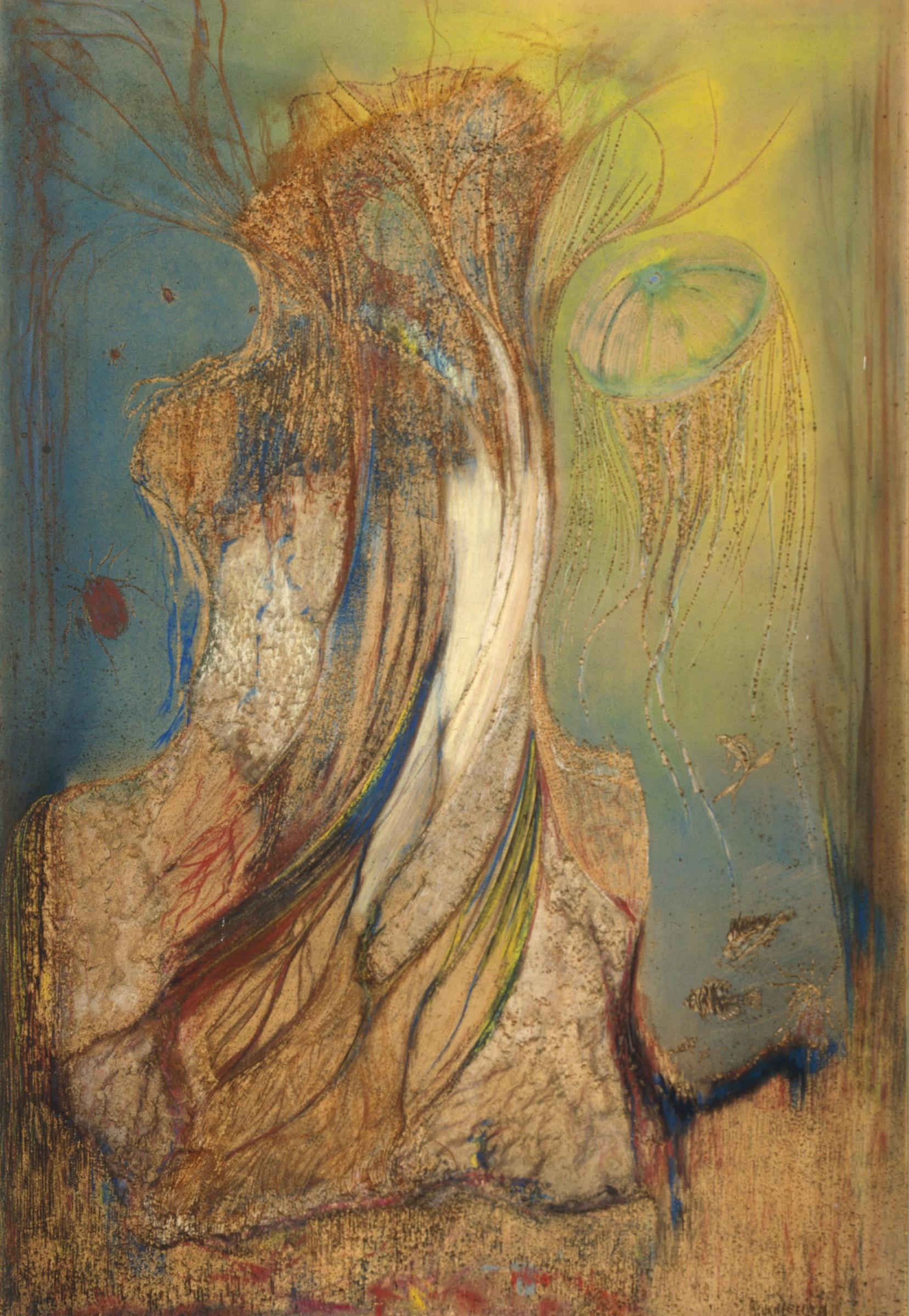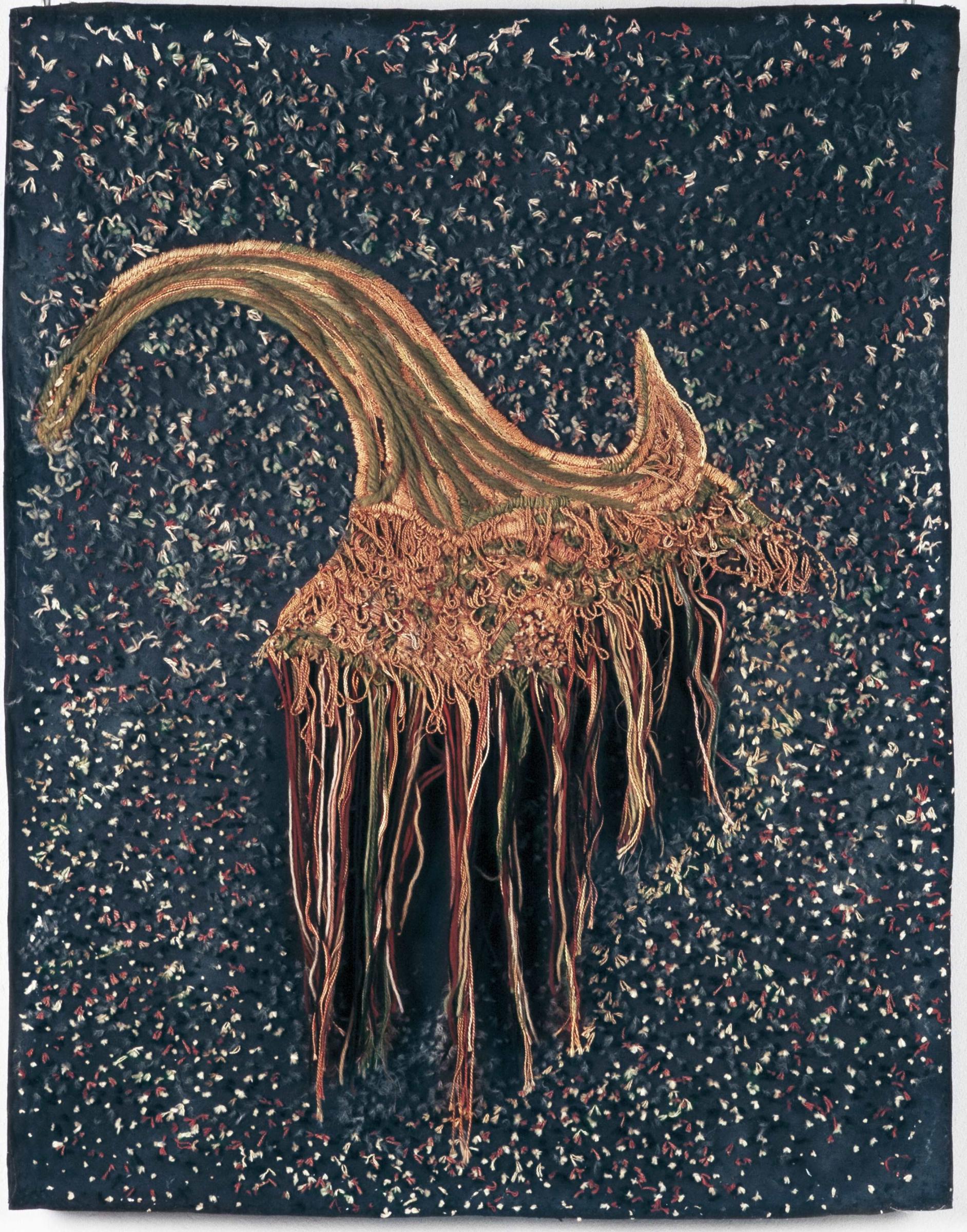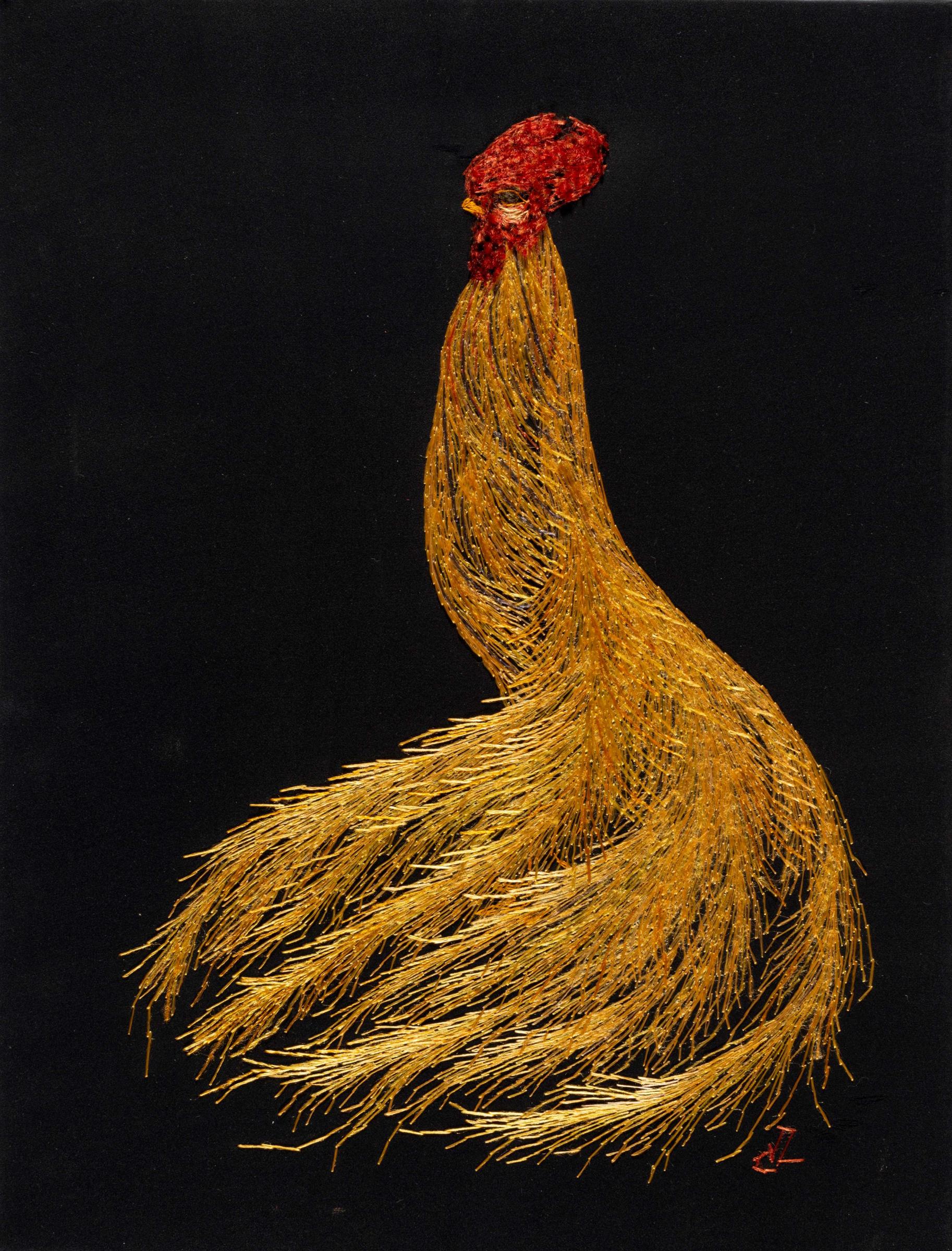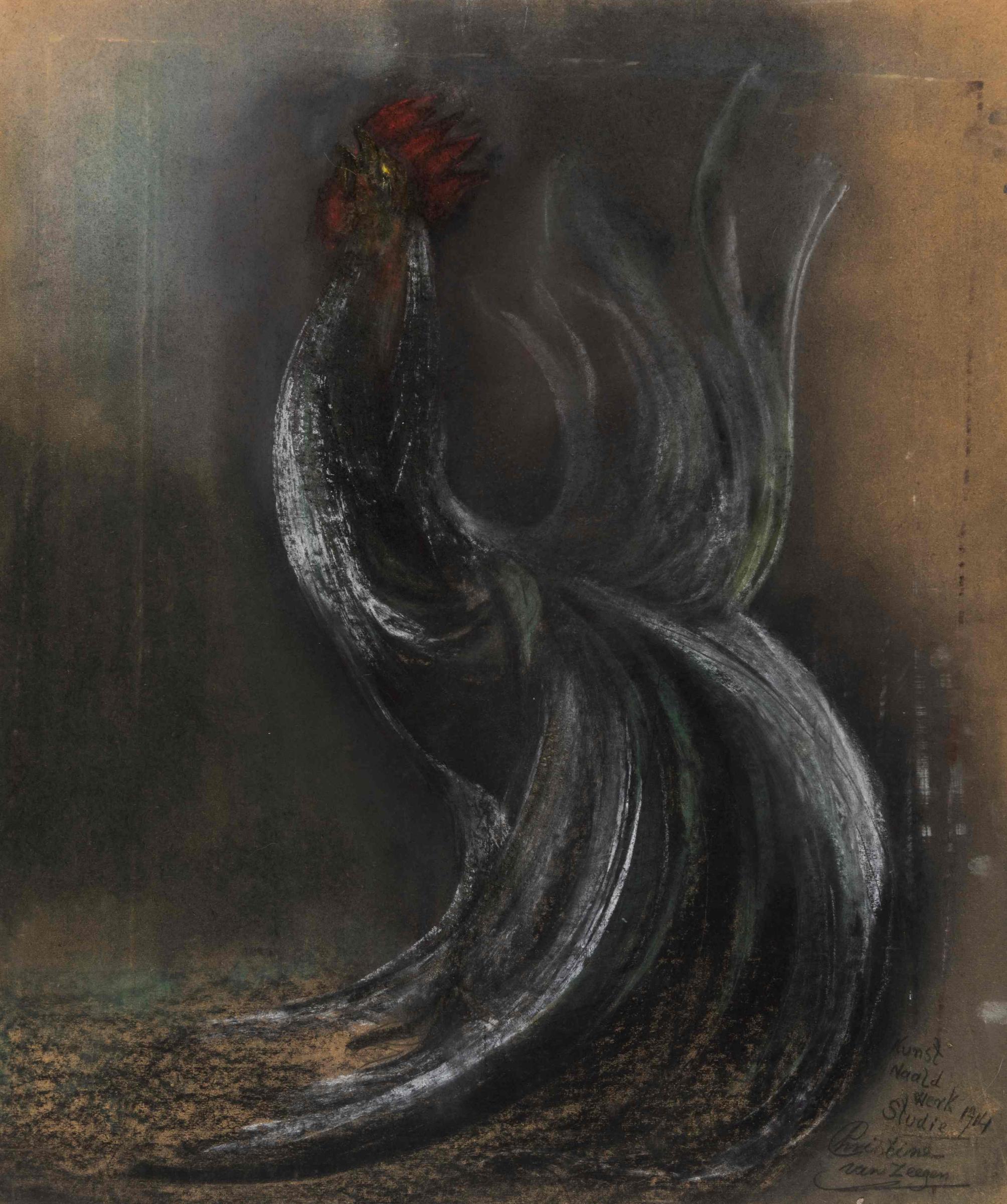Christine and Janus van Zeegen
Innovators in thread and paint
Artists Christine van Zeegen and her brother Janus worked together in a special way. Their art was innovative in many ways. Janus made line drawings of motifs from the plant and animal world and Christine translated these into colourful embroidery according to her own ideas. Christine's art needlework was extremely popular in her time. Janus experimented with sand and other materials in the paint on his own paintings. The artist couple received praise from the likes of Hendrik Petrus Berlage, Jan Toorop and Jan Sluijters. Yet today they are virtually forgotten. The Drents Museum presents the first retrospective exhibition about this wonderful artist couple from 30 March to 15 September 2024.
Janus (1881-1961) and Christine (1890-1973) van Zeegen were born in Amstelveen. Their father was a plaster caster and modeller. Janus followed in his footsteps and attended the Drawing School for Crafts (Teekenschool voor Kunstambachten). He inspired his sister with his ideal of becoming an artist. The death of their parents ensured the bond between brother and sister became even closer. They lived together in Amsterdam and developed a close collaboration in the field of art needlework, which was sometimes carried out independently, sometimes as part of folding screens or other pieces of furniture.
Embroidery and paintings
Janus made line drawings of motifs from the plant and animal world, and Christine translated them into colourful embroideries as she saw fit. Later, she also started designing herself. Her execution was progressive with her sometimes opting for loose threads in her work, something that was very unusual. Often the work had a symbolic undertone. The artworks were well received. In the process, Christine was put forward as the creator with Janus seeing his role as no more than help in making line drawings. Christine became the breadwinner in the house.


Janus van Zeegen, Diepzeetuin [Deep sea garden], circa 1918, pastel chalk on cardboard (drawing cut), 146.5 x 100 cm, Drents Museum (donation from Stichting Schone Kunsten rond 1900)
Christine van Zeegen, Zeepolyp [Sea polyp], 1918, embroidered, wool and cotton, 85 x 106 cm. TextielMuseum
Experimental material art inspired by natural phenomena
Meanwhile, Janus continued to develop as a visual artist, experimenting with adding materials such as sand to paint. You could consider him the first material artist in the Netherlands. As subjects, he chose spectacular natural phenomena and underwater scenes, often studied in Artis. The unusual way in which sister and brother practised artistry together was exceptional for their time. Although neither of them belonged to the vanguard of modern art, their work is very interesting and occupies its own place within the world of visual and applied art around 1900.
Exhibition and publication
The Drents Museum is organising an exhibition on Christine and Janus van Zeegen from 30 March to 15 September 2024. In addition to its own collection and museum loans, work from private collections will also be on display. Most of these works have not been shown to the public before. The exhibition will be accompanied by a publication in collaboration with Waanders Publishers in the Drents Museum's Monograph series on artists of the 1900s era. Contemporary textile artist Alexandra Drenth has been invited to draw inspiration from the work of Christine and Janus van Zeegen. The result is presented in the exhibition.








